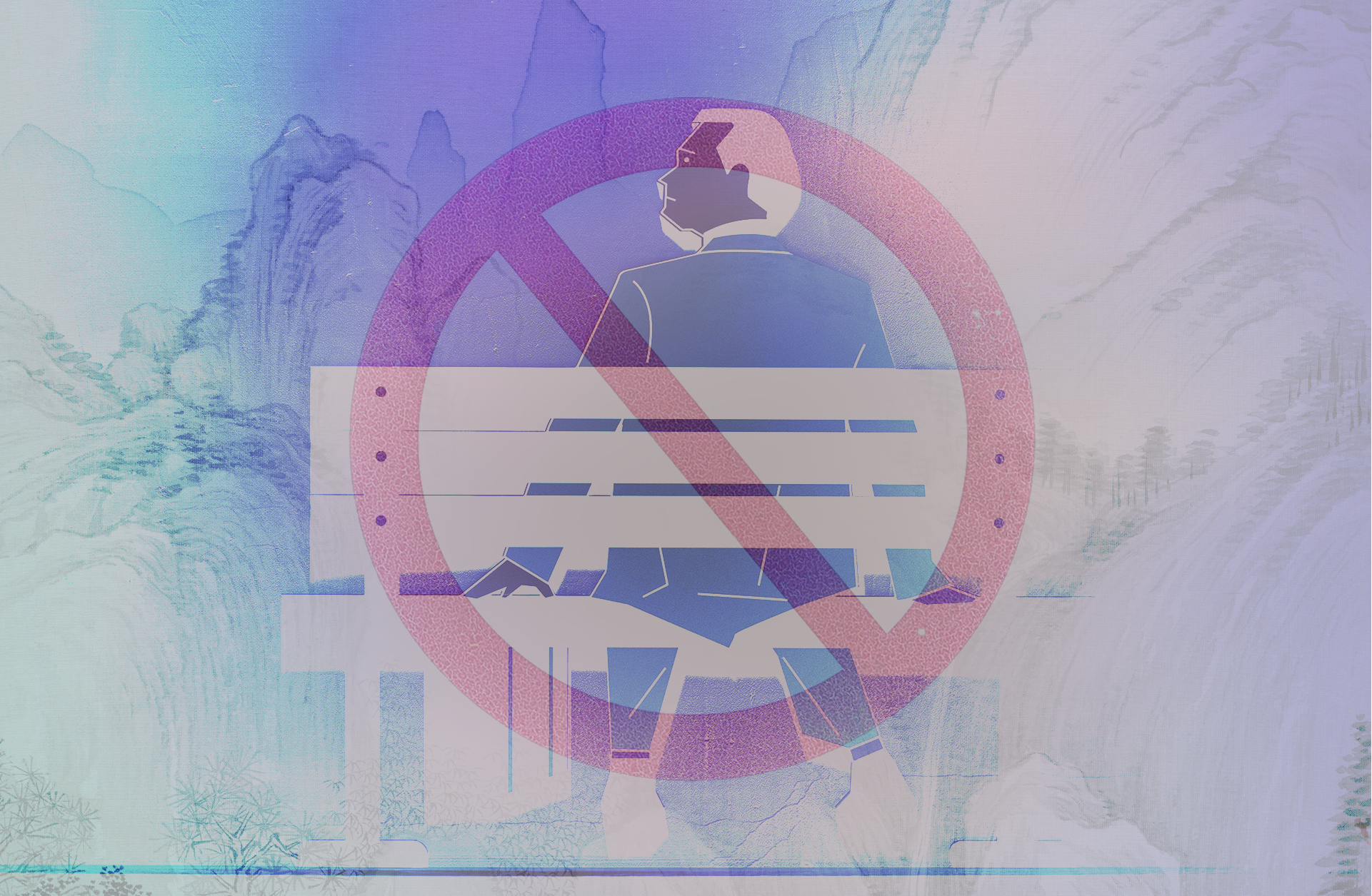You’re Not a Pacifist Are You?
“You’re not a pacifist are you?”
I get that question a lot. People who have read my books or heard my sermons will often “confront” me with that question. There seems to be a hint of scandal implied in the question, like asking, “you’re not a pornographer are you?” This strikes me as a bit strange. I suppose the hint of scandal comes from the assumption that pacifism is a sort of cousin to cowardice. This also strikes me as strange. To endorse the dominant view that the employment of violence is compatible with Christianity requires no courage at all — that’s just following the crowd. But to differ from the dominant view on the sanctity of state-sponsored violence may require an uncommon reservoir of moral conviction. Pacifism is not a popular position in America, and especially not among patriotic evangelicals who have ardently sought to amalgamate the American state and the Christian faith into one hybrid entity. Still I know what you’re wondering: what’s my answer to the loaded question about pacifism?
First of all, I don’t like labels. Kierkegaard was right when he said, “when you label me, you negate me.” Just call someone a pacifist and you can dismiss them with a wave of your hand. Labels are often a way to avoid thinking. “Oh, he’s one of those.” Case closed. Mind closed. That being said, I have no problem with Christians who adopt the label of pacifist — if nothing else they provide an alternative witness to that of the Christian militarist whose numbers are legion.
But I actually don’t claim the label of pacifist, and for this reason: pacifism is a political position on violence; it’s a position one could adopt apart from Jesus Christ — as for example the great writer and humanist Kurt Vonnegut did. But I am not a political pacifist. What I am is a Christian. And as a Christian we can talk about how Christ informs humanity on the subject of violence.
In my long and winding journey I’ve come to understand that to live gently in a violent world is part of the counterculture of following Christ. This is not something I would ever have arrived at on my own. I am not by nature a gentle person. For most of my life I have viewed violence with a kind of affection. In my youth I got in plenty of fights. I enjoyed violent movies. Cowboy justice held a romantic appeal. As a pastor I supported nearly all (if not literally all) of America’s military adventures. If my views on violence have changed — and they have — the blame falls squarely on Jesus! It’s not like I just woke up one day and said, “Hey, I think I’ll adopt a position of Christian nonviolence just for the fun of it. I bet that will be popular!” No, that’s not what happened. What happened was once the red, white, and blue varnish was removed from Jesus and I learned to read the gospels free of a star-spangled interpretation, I discovered that my Lord and Savior had a lot of things to say about peace that I had been missing. I was as surprised as anyone! But once you’ve seen the truth you can’t un-know what you know and be true to yourself. So let’s talk about it.
Consider this…
Jesus’ triumphal entry into Jerusalem on what we now call Palm Sunday is a confusing event full of contradictions — it’s an incongruent mix of cheers and tears. There is jubilation among the Passover pilgrims as they wave palm branches and shout hosanna. Passover was the annual celebration of Israel’s liberation from bondage in Egypt and the holiday had come to have strong patriotic overtones, especially for a people enduring the humiliation of a foreign occupation. Hoping that the miracle-working prophet from Galilee will turn out to be the long-awaited messiah who will liberate Israel from Roman occupation the Passover pilgrims ecstatically shout hosanna — liberate now!
But Jesus is obviously distressed about something. While the crowd is joyfully shouting, Jesus is weeping over Jerusalem. Quite clearly Jesus does not share the optimistic enthusiasm of the crowd. What was going on? What was going on was that a violent, nationalistic vision of Messiah had made it impossible for the people of Jerusalem to perceive the things that make for peace. Despite their Palm Sunday cheers, the crowd ultimately failed to recognize the Galilean Prince of Peace as Israel’s true Messiah. The tragic result of this failure came a generation later with Jerusalem’s total destruction and the loss of hundreds of thousands of lives. Listen again to what Jesus says as he weeps over the doomed city.
If you, even you, had only recognized on this day the things that make for peace! But now they are hidden from your eyes. Indeed, the days will come when your enemies will set up ramparts around you and your children within you, and they will not leave within you one stone upon another; because you did not recognize the time of your visitation from God. —Luke 19:41–44
On the Sunday of Jesus’ arrival in Jerusalem the crowd of Passover pilgrims waved palm branches and shouted hosanna in a patriotic remembrance of the Maccabean revolt two centuries earlier. (It would be similar to how Americans remember the Revolutionary War and celebrate the Fourth of July.) What they were clearly anticipating was that Jesus was about to do it again. Just as Judas Maccabeus had led a Jewish war of independence against the Seleucid Empire, now Jesus was expected to lead a war of independence against the Roman Empire. The expectation was for Jesus to be a kind of first century Jewish George Washington. The prevailing sentiment was a yearning for war, not peace. The dominant assumption was that violence was the path that would lead to freedom. When Jesus saw that his vision for the kingdom of God had been conscripted by a violent nationalistic agenda, he wept and lamented the fate of Jerusalem. The patriotic crowd wanted the second coming of Joshua the Canaanite killer, or David the Philistine slayer, or Judas “The Hammer” Maccabeus. But Jesus was not the second coming of any Jewish war hero — he was the first coming of the Prince of Peace!
Selah.
The road of nonviolent peacemaking is not an easy road, it’s not a popular road, and it’s certainly not a road for cowards. The road of “God is on our side and he shall surely smite our enemies” is a wide road. A lot of parades have gone down that road. It doesn’t take much courage to travel that road, just fall in step and follow the crowd. A marching band is usually playing. But it’s also the road that leads to burned-out villages, bombed-out cities, and solemn processions of flag-draped coffins. Until the self-professed followers of Jesus are willing to forsake the wide road for the narrow way, the popular sentiment for the unpopular conviction, the easy assumptions for the hard alternatives — Jesus will continue to weep while his disciples shout hosanna.
I won’t pretend I have perfected the art of following Jesus on the narrow way that leads to life and peace instead of traipsing down the broad way that leads to death and war. Far from it. I’m a newcomer to the steep and narrow path of peacemaking. If I’m not careful I can find myself trying to climb the path of peacemaking in a far too unpeaceable way. Which means I am falling on my face — or even tumbling back down the steep path. But still I know it’s the right path. I would not have found, much less chosen to travel, this hard and demanding path unless Jesus had led me on to it. I wasn’t going to be led onto the path of peacemaking by Gandhi or Rumi — as admirable as those men were. If today I’m trying to walk the narrow path of nonviolent peacemaking its only because it’s where I find the footsteps of Jesus. It’s an uncrowded path, perhaps at times a lonely path. But it’s worth traveling because I keep catching glimpses of Jesus further up the road.
BZ
—
This article originally appeared on Brian’s blog.
The artwork is The Sermon On The Mount by Fra Angelico.



